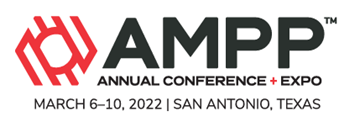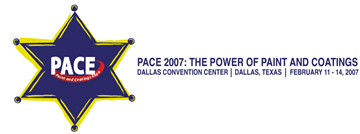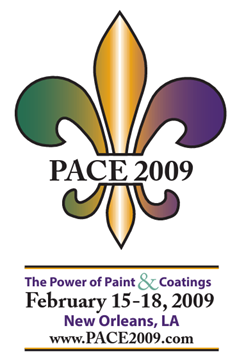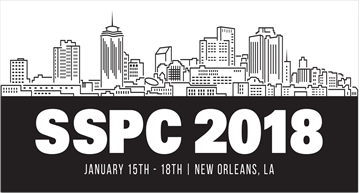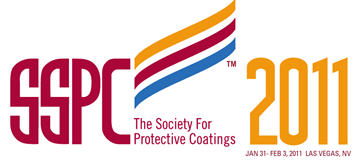Search
Products tagged with 'epoxy coatings'
View as
Sort by
Display
per page
Case Study Based On Coating Failure Analysis Of Cargo Container
Product Number:
51322-18110-SG
Publication Date:
2022
$20.00
Case Study On The Failure Of Polyurea Elastomer (PU) Coating in a Sea Water Storage Tank
Product Number:
51323-19160-SG
Publication Date:
2023
$20.00
Case Study: A Polyaspartic Coating Made A Commercial Bakery Floor Look Really Sweet
Product Number:
51217-068-SG
Publication Date:
2017
$20.00
Close Encounters of the Third ‘Crude-Oil’ Kind
Product Number:
41215-918-SG
Publication Date:
2015
$20.00
Coatings For Zebra/Quagga Mussel Control, 3rd Year Evaluation
Product Number:
41212-714-SG
Publication Date:
2012
$20.00
Curing Temperature Effects on Standard Cure Epoxies and low Temperature Cure Epoxies
Product Number:
41207-349-SG
Publication Date:
2007
$20.00
Degrading Sewage Pipes an Opportunity for Contractors
Product Number:
41209-516-SG
Publication Date:
2009
$20.00
Driving Higher Performance with Ultra-high Solids Epoxy Systems for Long-term Asset Protection
Product Number:
51218-162-SG
Publication Date:
2018
$20.00
Effects of Scratch Defects in Epoxy Coating of Steel Reinforcing Bars Embedded in Structural Concrete
Product Number:
41216-968-SG
Publication Date:
2016
$20.00
Enhancing the UV Durability of Epoxy Coatings: Waterborne Acrylic-Epoxy Hybrid Coatings for Steel
Product Number:
51218-139-SG
Publication Date:
2018
$20.00
Epoxy Revolutionizes Water and Wastewater Underground Infrastructure Protection and Rehabilitation with Energy Efficient Green Technology
Product Number:
41211-660-SG
Publication Date:
2011
$20.00

